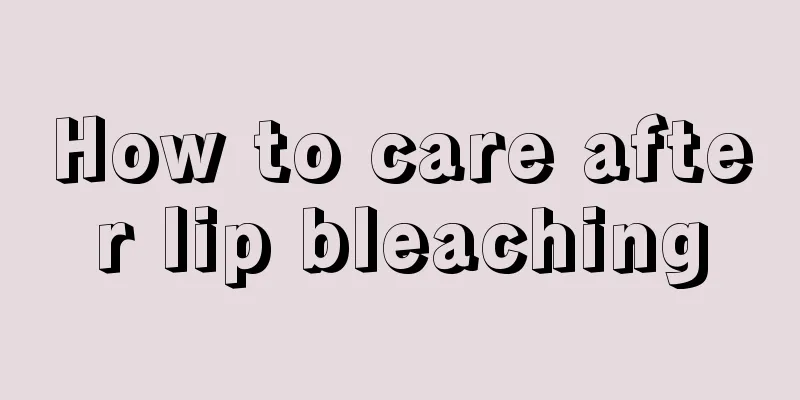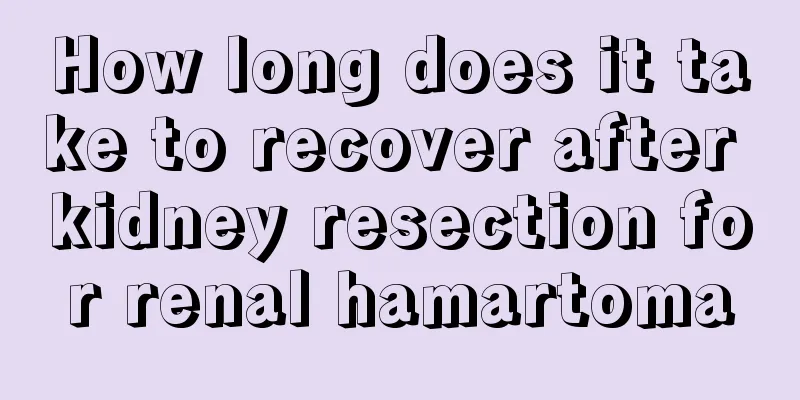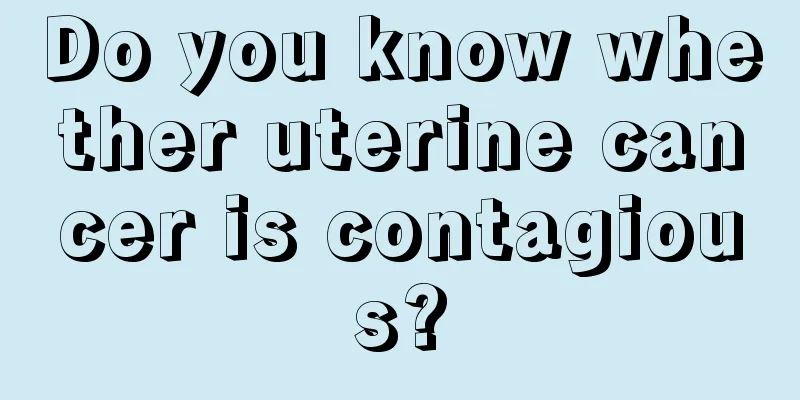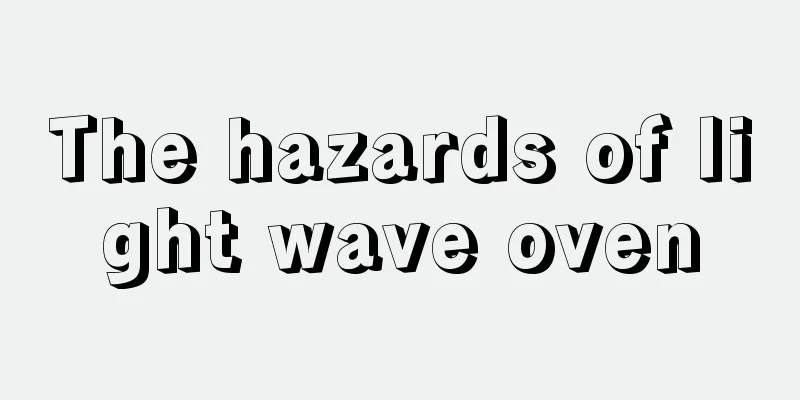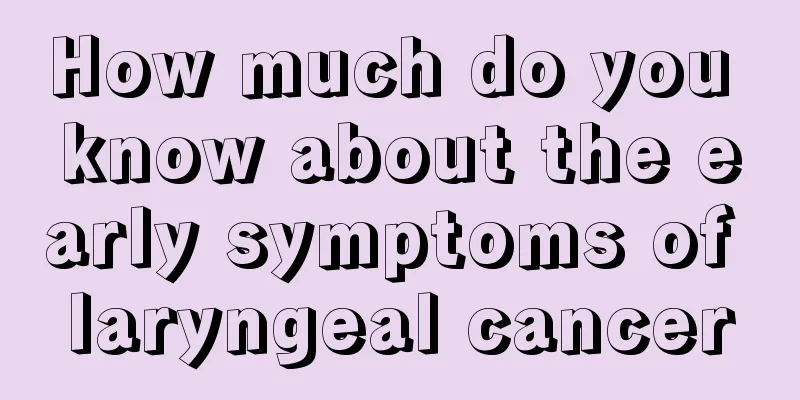The hazards of bleach
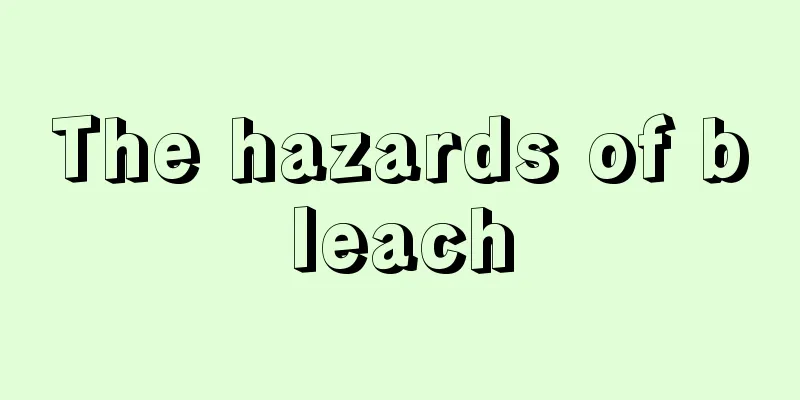
|
There are two types of bleach, one is used for bleaching clothes, and the other is food bleach. The two have different uses and different harms to the human body. Among them, the bleach used for bleaching clothes is very harmful to the human body because this kind of bleach is highly corrosive and may even produce toxic gases if used improperly. Since food bleach is used for food, it does not cause any harm to the human body! 1. Is bleach harmful? harmful. Most bleaches contain a chemical called sodium hypochlorite. It is highly corrosive and releases irritating toxic gases. Excessive exposure may cause damage to the lungs and hair. It's especially dangerous to use bleach and ammonia (commonly used in household cleaners) together because the two react chemically to release chlorine gas. 2. Classification of bleaching agents Bleaching agents are divided into oxidizing and reducing types, and the oxidizing types are further divided into salt (chlorine-containing) and acid (oxygen-containing) types. Salt bleach has a strong bleaching power and is also good in sterilization and deodorization. It is suitable for bleaching clothes but cannot be used for patterned clothes. Not every fabric can be bleached with salt, so be sure to read the instructions first. In addition, if used together with detergent containing acid, it will reduce the effectiveness of the detergent, so do not use them together. Acid bleach has a milder bleaching power and can be used safely on patterned clothing, even silk and wool. If you put it in the washing machine together with laundry detergent, it is very effective in preventing yellow spots and black spots. Reducing bleach is the most effective and can be used on any white fiber, but cannot be used on patterned clothing. This is absolutely effective for removing stubborn stains such as yellow spots, blood stains, dirt, etc. that cannot be washed off with salt bleach. Generally, it should contain hypochlorous acid. Of course, there are also hydrogen peroxide, ozone, and even sulfur for bleaching. Different substances have different uses. The commonly used bleach is mainly calcium hypochlorite (Ca(ClO)2). The main ingredient of commercially available bleach is sodium hypochlorite. Sodium hypochlorite is hydrolyzed to produce hypochlorous acid. Hypochlorous acid has strong oxidizing properties and can oxidize pigments. There are also products such as hydrogen peroxide, bleaching powder, etc. that use the oxidation pigment method to bleach. Bleaching agents for bleaching objects by the reduction process may contain sodium thiosulfate, which has reducing properties. 3. The role of bleach The chemical bleaches used are generally divided into two categories: chlorine bleaches and oxygen bleaches. Chlorine bleach contains sodium hypochlorite, while oxygen bleach contains hydrogen peroxide or some compound that releases peroxide. For example, sodium perborate or sodium percarbonate. Bleach powder is usually made from calcium hypochlorite. Bleaching is also an early step in the dyeing process. In addition to improving food color, bleaching agents also have many other functions such as antibacterial properties and are widely used in food processing. Oxidative bleaching agents are rarely used in practice, except for a few varieties such as benzoyl peroxide, which is used as flour treatment agents. As for hydrogen peroxide, it is only allowed to be used in certain areas for preserving raw milk and bagged dried tofu, and cannot be used as an oxidizing bleaching agent. Bleach consumes oxygen in food through chemical reactions such as reduction, destroying and inhibiting the activity of food oxidases and food coloring factors, causing the browning pigments in food to fade or prevent them from browning. It also has a certain preservative effect. There are seven types of bleaching agents allowed for use in China, including sulfur dioxide, sodium sulfite, and sulfur. Among them, sulfur is limited to the fumigation of candied fruits, dried fruits, dried vegetables, vermicelli, and sugar. |
<<: How does Malancai treat eczema
Recommend
Why does pancreatic cancer occur at a young age?
In recent years, pancreatic cancer has become one...
What should I do if the total number of bacteria in urine is high?
With the improvement of medical conditions, we go...
How long can a 73-year-old with advanced laryngeal cancer live
The survival of patients with advanced laryngeal ...
Is there any way to quickly relieve toothache?
I believe many people have experienced toothache,...
Methods of psychological counseling and psychotherapy
Maybe many people have developed mental illness r...
Can Xiaoyao Pills remove chloasma
Chloasma is a problem that many women will encoun...
Is brain cancer contagious?
Brain malignant tumor patients are not contagious...
How long does it take to cure rheumatoid arthritis in the early stages?
Rheumatoid disease is extremely serious to people...
Can I eat dragon fruit if I have hemorrhoids?
Dragon fruit is a very common fruit in people'...
Can advanced cervical cancer be cured?
Cervical cancer is one of the most common maligna...
How to treat wind-cold and wind-heat symptomatically?
Traditional Chinese medicine focuses on the study...
What are the symptoms of hydronephrosis?
Everyone should pay attention to the symptoms of ...
What are the early symptoms of conjunctivitis
I believe many of my friends have heard of conjun...
How to take care of a drunk husband
In life, there are many men who come home after d...
What are the hazards of ascites in ovarian cancer
Women should receive treatment as soon as possibl...
